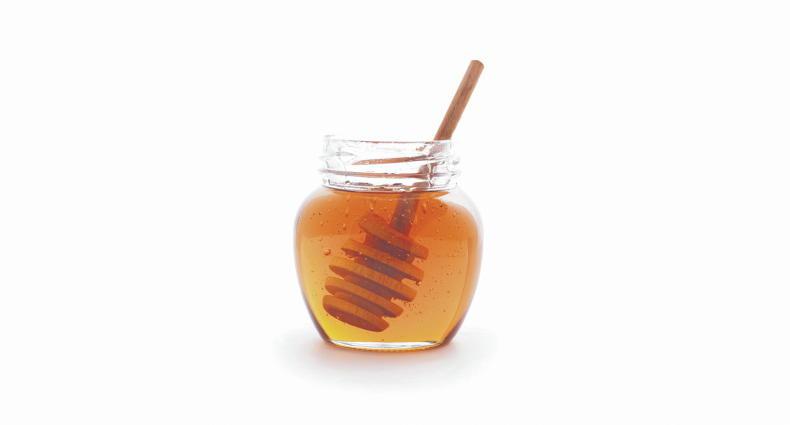Honey is a liquid made by bees from plant nectars produced in blooms and converted by them into honey. In general, honey may be described as sweet, however, some honeys may also have a strong to very strong flavour - or, perhaps, little flavour. Much of the flavour of honey is attributable to the type of plant producing the nectar, as well as the soil supporting the plant.
Honey colours also vary from light to dark. Biochemical reactions between substances within the nectar (and those added by the bee) all culminate in the aromatic, tasty, sticky, colourful liquid which we call honey.
Much of the honey sold by supermarkets bears no resemblance to that from the local beekeeper, who most likely supplies farmers’ market or local grocery stores. The quality and flavour of local Irish honey surpasses that found in larger stores. So, what makes the difference?
Processing
Pasteurisation and filtration are processes carried out by honey packers. These processes are carried out to slow down or prevent crystallisation and kill off any yeasts likely to cause fermentation, thus ensuring a longer shelf life and maintaining the honey in a continuous liquid state, which is more attractive to the customer.
The natural state of honey is in crystallised form due to its supersaturation of sugars, such as glucose. Initiation of crystallisation results from pollen grains and other suspended solids in honey, which act as latch points to begin the process. The removal of such material prevents or slows down that process. Plant oils in the nectar add bouquet to honey and are lost during any processing, but especially heating.
Much of the flavour of honey is attributable to the type of plant producing the nectar, as well as the soil supporting the plant.
Consumers often mention that honey has gone off or gone bad and end up throwing it out. Firstly, honey which is well sealed and has a moisture content within the recommended parameters should last for a very long time.
Most beekeepers place a nominal use by date to comply with the law, but that date does not imply that the honey is unusable after that. Where difficulties arise, they may stem from the customer not understanding the crystallised state, storing honey in a warm area, opening the jar and not resealing it well or leaving the jar in sunshine.
Storing honey
Ideally honey should be stored below 10°C to keep it at its best. Exposure to repeated or continuous heat will destroy some of the enzymes present in the honey and also increase a chemical called Hydroxymethylfurfuraldehyde (HMF), a toxin, which is governed by EU limits.
Fermentation may occur in honey which has a high moisture content by whatever cause, giving it a strong offensive flavour.
Honey absorbs moisture from the atmosphere (hygroscopic). Evidence of this will be frothing (such as bubbles on the top surface) alongside the odour. While such honey may be off-putting to eat, it may be used in baking. The top layer may be removed, giving access to better quality underneath.
Honey produced by local beekeepers will most likely be sold with the label showing the area or locality in which it was produced. Honey label information is very important and must conform to EU rules.
Irish honey should be available locally at this time of the year. It is a seasonal product and may only appear on shelves for a very limited period.






 This is a subscriber-only article
This is a subscriber-only article









SHARING OPTIONS: